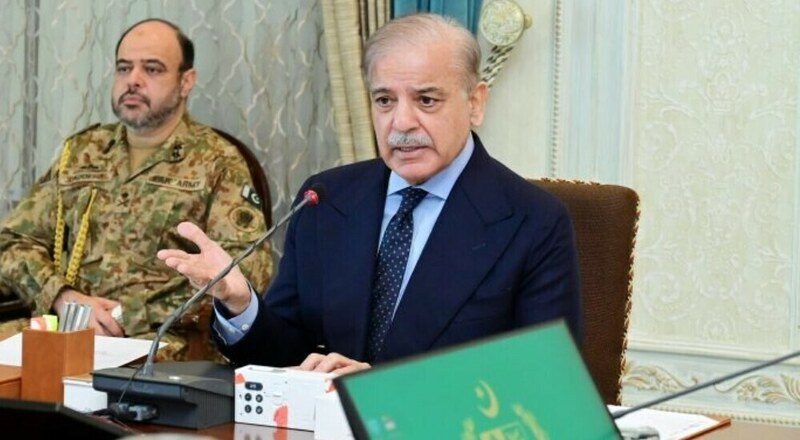Copyright brecorder

EDITORIAL: Prime Minister Shehbaz Sharif’s recent remarks at the Balochistan Workshop, emphasising that Pakistan’s strength as a federation rests on unity and consensus among the federating units cut to the core of the country’s challenges. His call for inclusive development as the bedrock of national progress is also beyond dispute. However, it must be realised that unity and shared prosperity cannot be commanded through rhetoric alone. They require structural balance within the federation, and that is something that Pakistan has long lacked. Perpetual mistrust and consequent lack of harmony among the provinces has undermined the country’s cohesion, with smaller federating units remaining wary of the centre and of one another. This deep-seated suspicion, fuelled by unequal representation, uneven resource distribution and historical grievances has kept Pakistan from achieving its full potential, besides giving rise to provincialism and ethnic strife. This disharmony is hardly new, with its roots stretching back to 1947. At the time, East Pakistan’s demographic majority was perceived as a threat by the western wing, prompting the disastrous One Unit experiment, an artificial construct seeking to forge parity between the two wings, but which only succeeded in fostering alienation and internal divide. When it was eventually abolished, Pakistan was on the brink of disintegration, with the creation of Bangladesh standing as a tragic reminder of the costs of ignoring structural inequity. Even after 1971, the imbalance persisted. Bahawalpur, a princely state before the One Unit scheme, was merged into Punjab when the arrangement was dismantled despite earlier assurances that its separate status would be restored. This meant that the new, truncated Pakistan again found itself dominated by one province. Since then, Punjab’s numerical and political weight has cemented its disproportionate influence over the federation’s direction, reinforcing perceptions of inequity among the smaller provinces. To ease this climate of suspicion and disunity, serious consideration must be given to creating more provinces to bring some parity within the federation. Such reform could prevent any one federating unit from dominating national affairs, allowing smaller provinces to shed feelings of marginalisation. This idea should not be seen as a populist slogan, but as a pragmatic step towards a fairer federation, where administrative authority and national resources are distributed more equitably, reducing inter-provincial friction and fostering the unity the PM rightly called for. Admittedly, creating new provinces is no simple task. The Constitution requires two-thirds approval from both the relevant provincial assembly and Parliament, which right now makes this endeavour a constitutional improbability twice over. But the magnitude of Pakistan’s inter-provincial strains suggests that the status quo is equally unsustainable. If ignored, these fissures will continue to corrode the social fabric and weaken the country’s economic foundations. Here, Punjab has a special responsibility. Recognising that its dominance fuels both resentment and at times undue blame to its chagrin and consequent exasperation, it must consider taking the first step in exploring options for meaningful devolution. Such an exercise must be approached with caution and foresight. Any redrawing of provincial boundaries should be guided by administrative efficiency, not ethnic or linguistic considerations. The objective should be to make governance more responsive and development more inclusive, not to create new centres of provincialism. In his speech, the PM also highlighted Balochistan’s immense natural wealth. Here, it is important to note that as long as its people remain excluded from the benefits of this wealth, talk of inclusive development will ring hollow. Empowering Balochistan’s people to benefit first from their own resources is both an economic and political necessity, as this will help inculcate a genuine sense of belonging to the federation. Ultimately, Pakistan’s unity must be embedded in the state’s structure. Strengthening the federation requires rebalancing it. Redrawing provincial boundaries may not be an easy solution, but it could transform the PM’s call for unity into a political reality. Copyright Business Recorder, 2025



